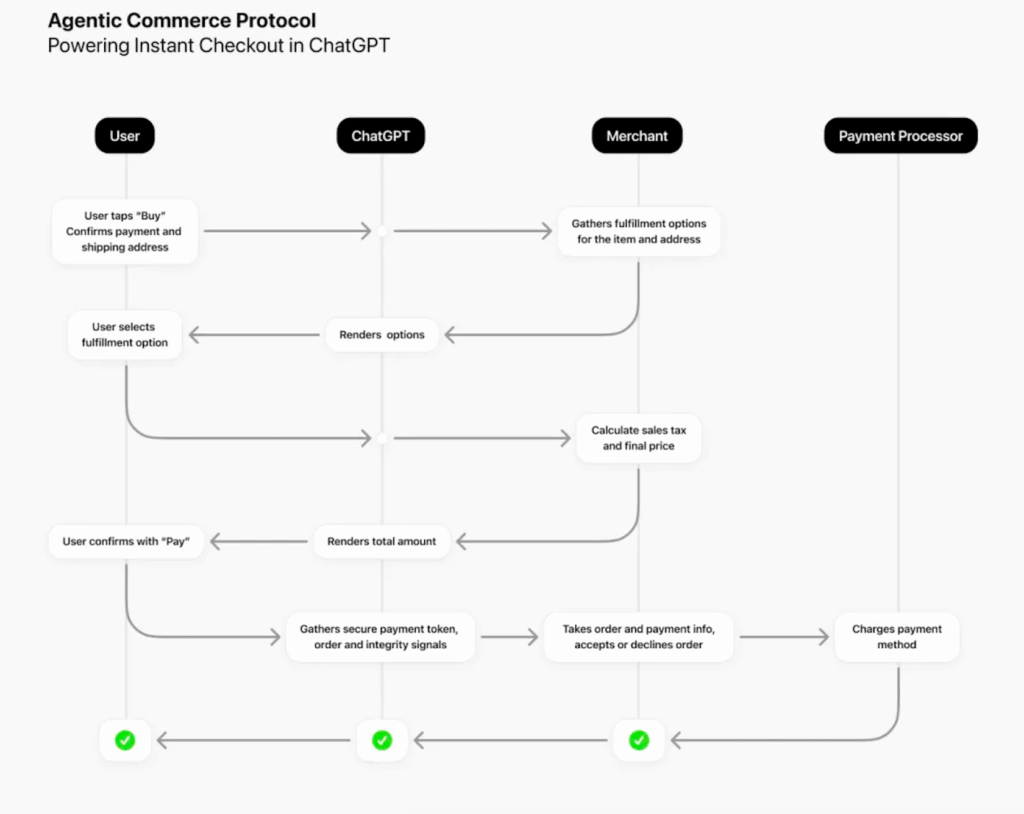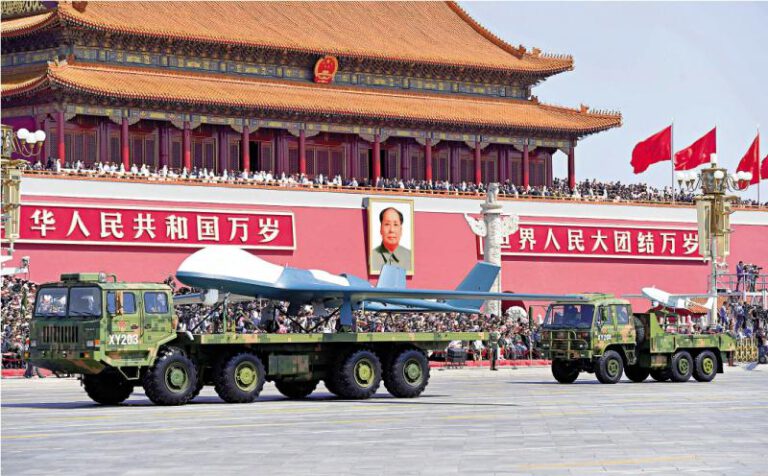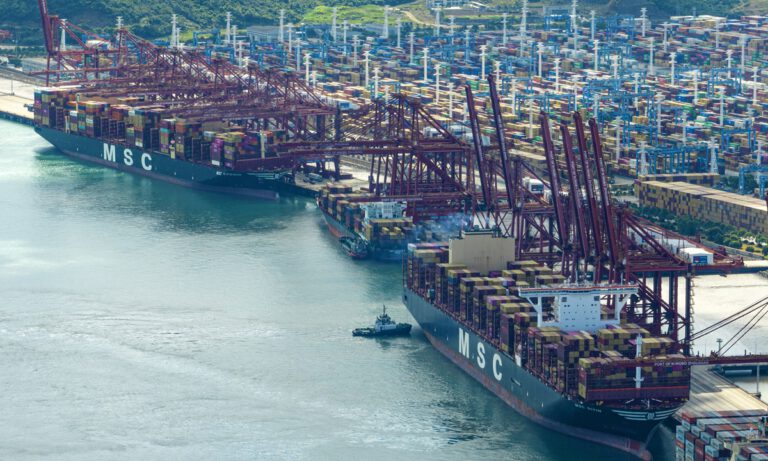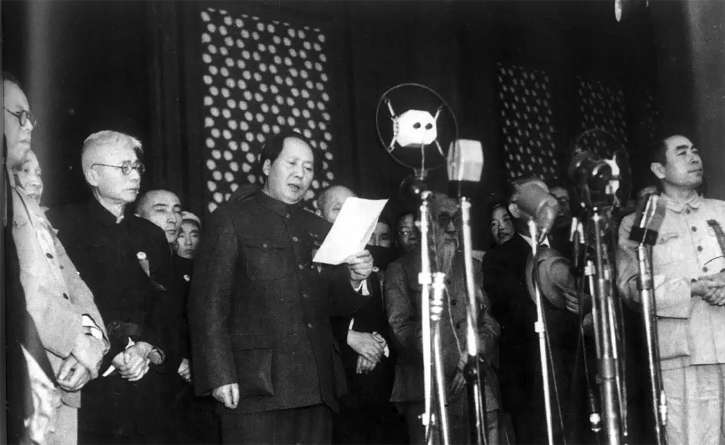In the era of AI agents, the evolution of large AI models is no longer measured solely by technical specifications. Increasingly, the focus is shifting toward how deeply these models understand individual users, and nowhere is this transformation more visible than on mobile devices. Edge-side AI—where models operate directly on smartphones without relying on cloud resources—is accelerating, bringing the era of truly personalized agents running in the palm of our hands closer than ever. At the 2025 vivo Developer Conference, this shift was made tangible, signaling a new chapter in the development of mobile AI.
Zhou Wei, Vice President of vivo, Vice President of OS Products, and Director of vivo AI Global Research Institute, unveiled a major milestone: vivo has developed the world’s first 3-billion-parameter model specifically designed for edge-side agents. This lightweight yet capable model surpasses traditional mobile AI in scope, boasting multimodal processing, inference capabilities, long-form text handling, and user interface (UI) agent functionality. It marks a critical transition from AI that merely responds to input toward AI that genuinely understands the individual user.
Historically, while mobile devices could run both cloud-based and on-device large models, the reality for users was limited. Most functions relied on cloud infrastructure to complete complex tasks, making AI on smartphones less perceptibly intelligent. Miniaturizing models to run independently on devices without cloud dependency has therefore become a central goal. vivo’s 3B on-device model addresses this challenge directly. By combining efficiency with comprehensive capabilities, it sets a new benchmark for edge-side AI, demonstrating exceptional performance in authoritative evaluations such as OpenCompass and SuperCLUE’s on-device tests, achieving a significant lead over other models under 10 billion parameters.
The model’s capabilities extend well beyond conventional expectations. In language processing, it enables features like on-device call summarization and creative writing assistance. Its multimodal capacity allows it to comprehend and reason about images, while its logical reasoning supports deeper analytical tasks. Remarkably, it can maintain long-term contextual memory of up to 128,000 tokens using only 2GB of RAM. In the domain of mobile agents, vivo’s team created specialized training data for UI operations, enabling the model to inherently understand smartphone interfaces and execute cross-application actions. For the first time, a 3B model is purpose-built to function as an on-device agent capable of both comprehension and action.
This represents a profound shift in AI’s role on mobile devices. Previously, the user experience often resembled a “super customer service center”: cloud-based AI could answer questions, but it lacked depth, personalization, and memory. Everyone received standardized responses. Vivo’s Blue Heart 3B device-side model changes that, moving AI from the cloud into your pocket and enabling it to function as a constant companion.
The implications are significant. First, AI gains independence and immediacy. With the model deployed directly on the phone, users can task it in offline scenarios—on planes, in subways, or even in remote areas with weak signals. It can handle local files up to 128KB, summarizing meeting recordings or drafting emails without internet access. The result is not just speed but reliability: AI becomes a companion that is always available.
Second, AI begins to “see, understand, and act.” The model is not only a conversationalist but an executor: it can interpret images, understand app interfaces, and perform complex tasks across multiple applications. For instance, a simple instruction like “Share this meeting screenshot to the work group” triggers a sequence of automated actions—taps, switches, and uploads—executed seamlessly. This elevates AI from a reactive tool to a proactive assistant, capable of understanding both context and intention.
Perhaps the most revolutionary development is vivo’s introduction of the industry’s first on-device model training engine. If embedding AI into a phone is akin to hiring a highly capable butler, the training engine equips that butler with a brain capable of learning and growth. Previously, personalized AI learning occurred exclusively in large cloud computing centers. Now, it is possible to teach the model directly on-device. Upload a few photos you’ve edited, and the model learns your unique style, applying it autonomously to future tasks. This brings us closer to truly personalized AI: digital entities that evolve alongside the user, shaping themselves to individual habits, preferences, and workflows.
However, AI’s potential is fully realized only when integrated within a broader ecosystem. Standalone intelligence, no matter how powerful, cannot seamlessly enhance daily life. vivo’s vision frames AI as a brain, but it is the ecosystem that acts as the neural network, connecting intelligence with real-world tasks. To this end, vivo has developed the BlueHeart Personal Intelligence Framework, built around four dimensions: perception, memory, planning, and execution. This framework allows models to understand user intent with unprecedented accuracy, leverage multimodal data for contextual insights, accumulate personalized information over time, and autonomously orchestrate actionable solutions. The result is AI that can anticipate needs: summarizing long documents on the subway, recalling dietary preferences when ordering, or autonomously managing travel arrangements.
The open ecosystem approach is equally significant. The BlueHeart Intelligent Open Platform extends these personalization capabilities to developers, promoting shared standards, lowering barriers, and encouraging innovation. With full MCP protocol compatibility, the introduction of the A2A protocol for agent adaptation, and extensive context engineering support, the platform enables third-party developers to integrate, adapt, and expand AI capabilities. Currently, more than 50 ecosystem partners and over 200 services participate, collectively advancing a future in which apps do more than function—they understand, adapt, and anticipate. Navigation apps learn commuting habits, note-taking apps adjust modes based on work status, and AI integrates seamlessly across devices.
This strategy reflects a broader lesson from technological evolution: innovation thrives not in isolation but in open collaboration. By embracing openness, vivo positions itself as both a leader and a facilitator, enabling specialized partners to contribute their expertise while users benefit from richer, more intelligent experiences. Developers gain lower costs and broader market opportunities, and the industry collectively moves from a race for technical supremacy to an era of ecosystem-wide advantage.
Vivo’s approach illustrates the emerging paradigm: AI that is not only intelligent but intimate, capable of understanding individual behaviors, preferences, and workflows. By combining on-device model miniaturization, personalization, proactive action, and ecosystem openness, the company demonstrates a vision of AI that is always available, always learning, and truly human-centric.
As the framework and ecosystem mature, we are entering an era in which AI is no longer a complex tool to be mastered but a partner that intuitively adapts, assists, and evolves with the user. vivo has set the standard; the challenge now lies with the broader industry to embrace this vision and deliver AI that genuinely understands us.
Source: AI TNT, sina finance, tech ifeng, xinhuanet, vivo





















